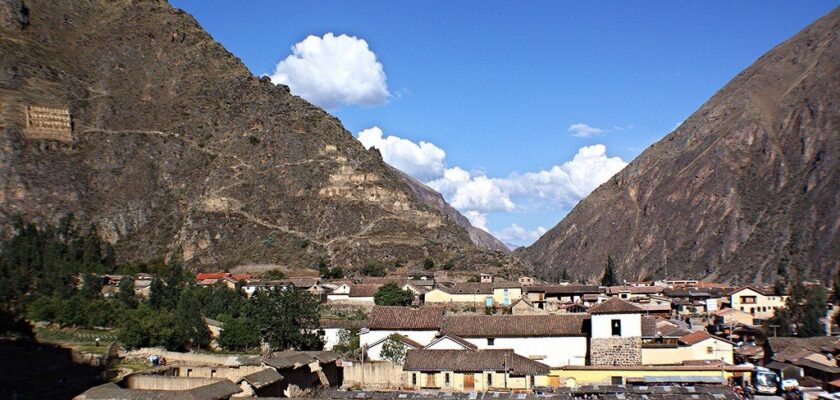Ollantaytambo
Ollantaytambo is an ancient city and archaeological site of Inca culture in southern Peru, 60 km northwest of the city of Cusco. It is located at an altitude of 2,792 meters above sea level at the beginning of the so-called Sacred Valley of the Incas, which led to Machu Picchu. Up to the present time, the monument has been very well preserved. The modern village is built on the foundations of Inca houses and retains the pre-Hispanic street layout.
.A single narrow stone staircase leads to the summit, flanked by a cascade of 17 agricultural terraces. The Spanish attempted to capture Ollantaytambo once in 1536, but were unsuccessful. Hernando Pissaro’s detachment was forced to retreat in a hurry, narrowly escaping death.
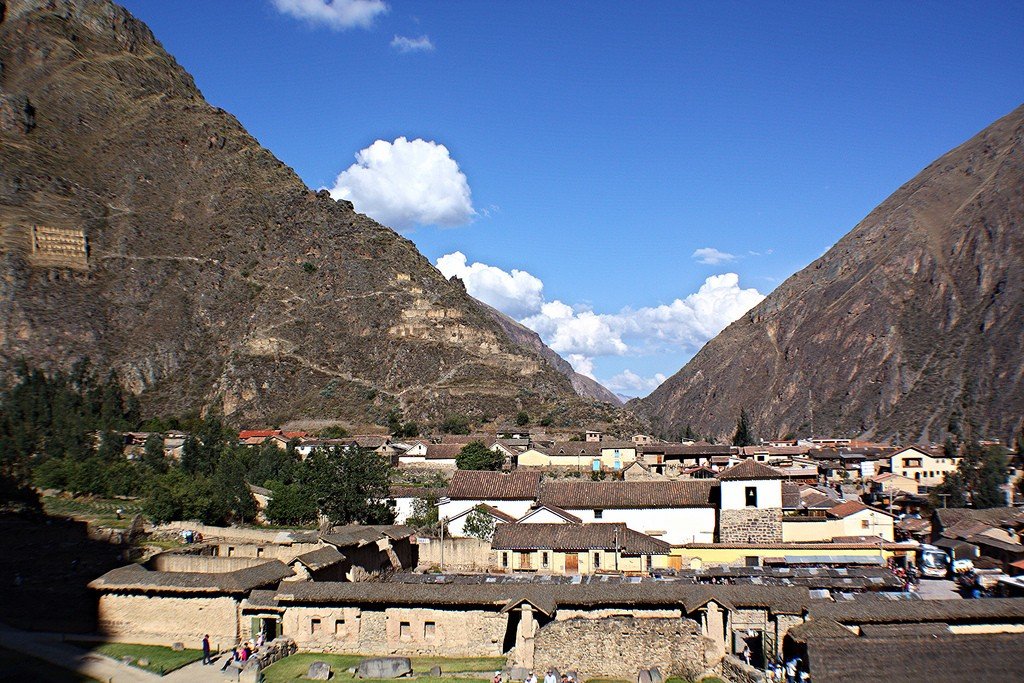
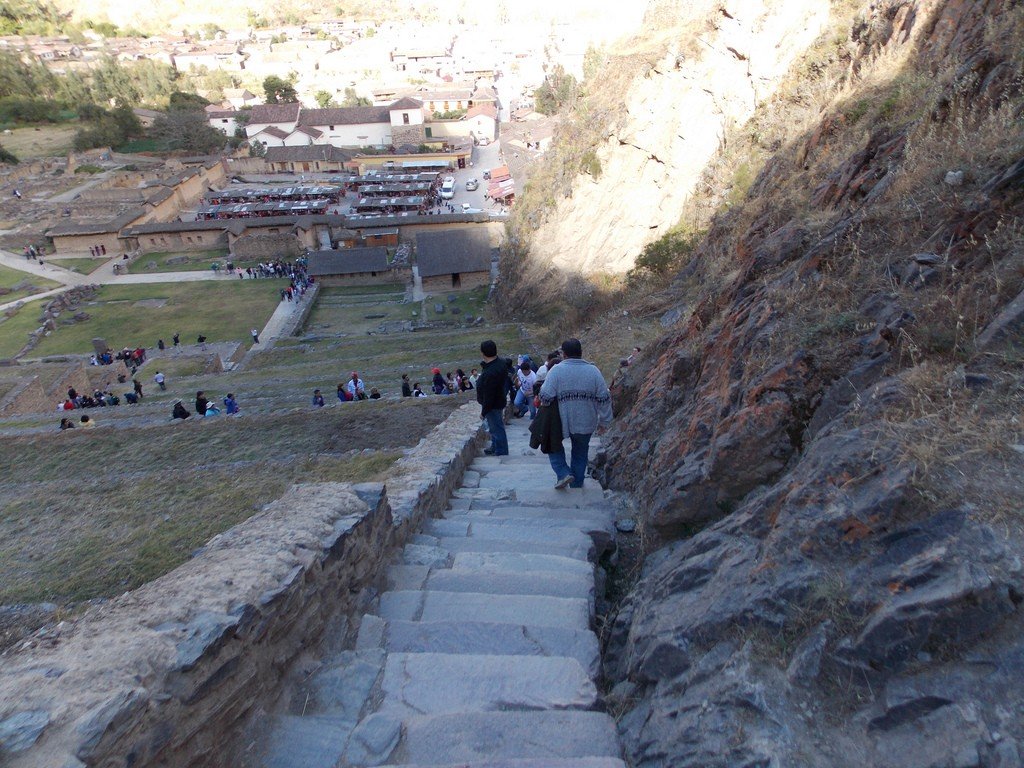
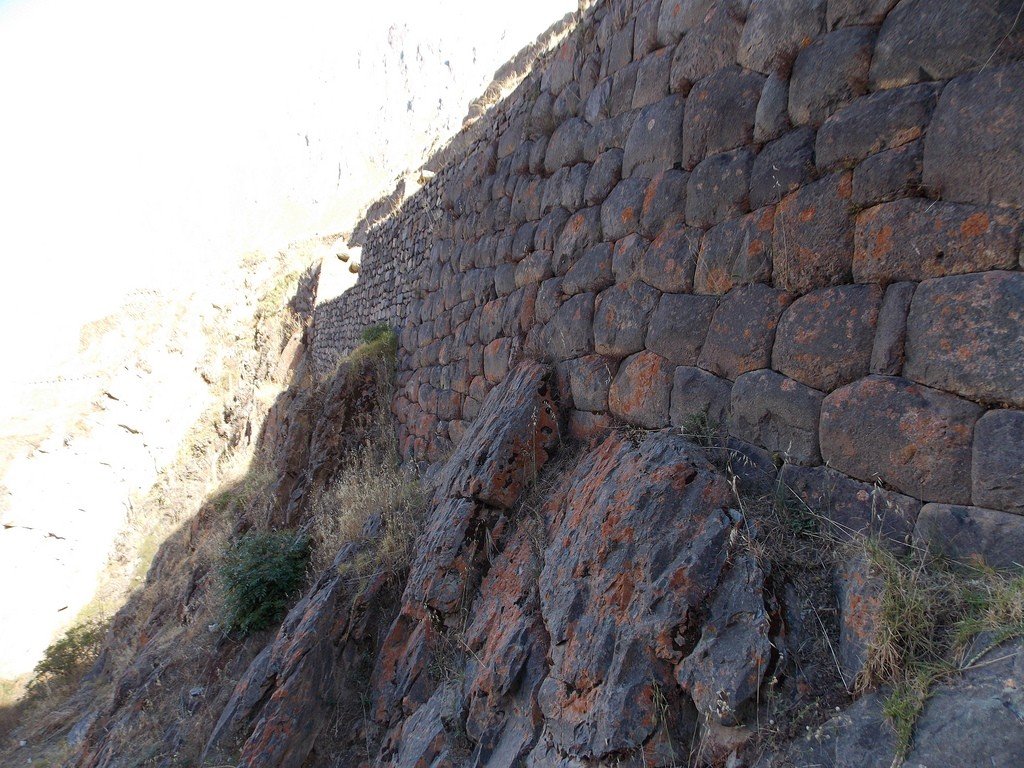
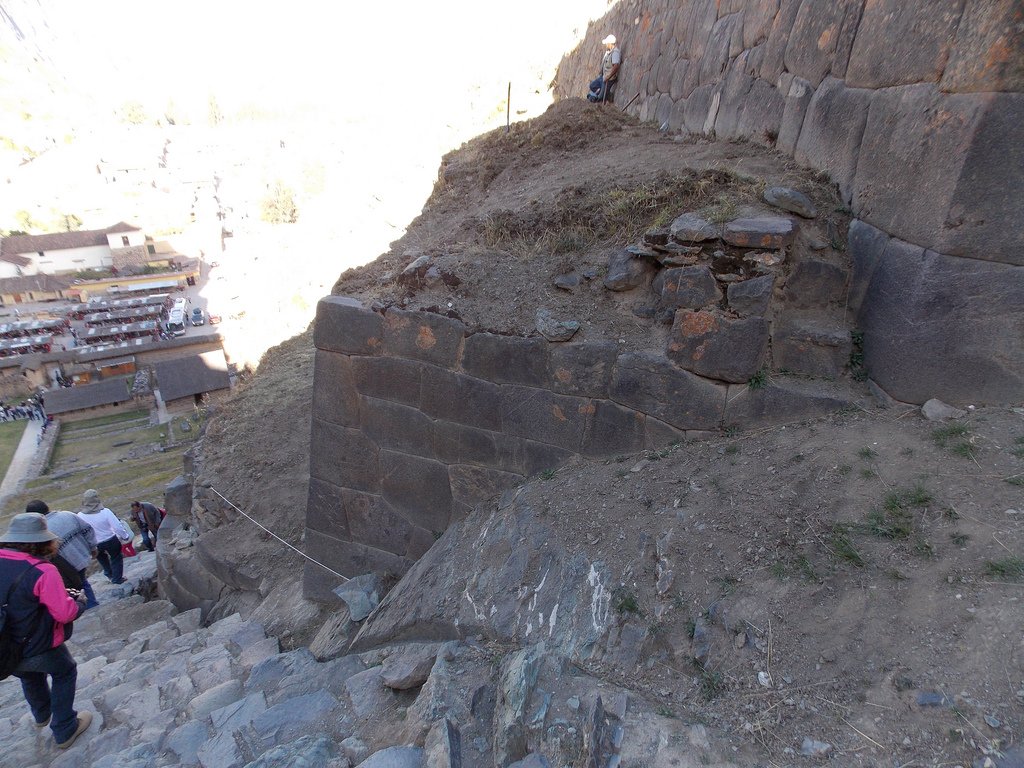
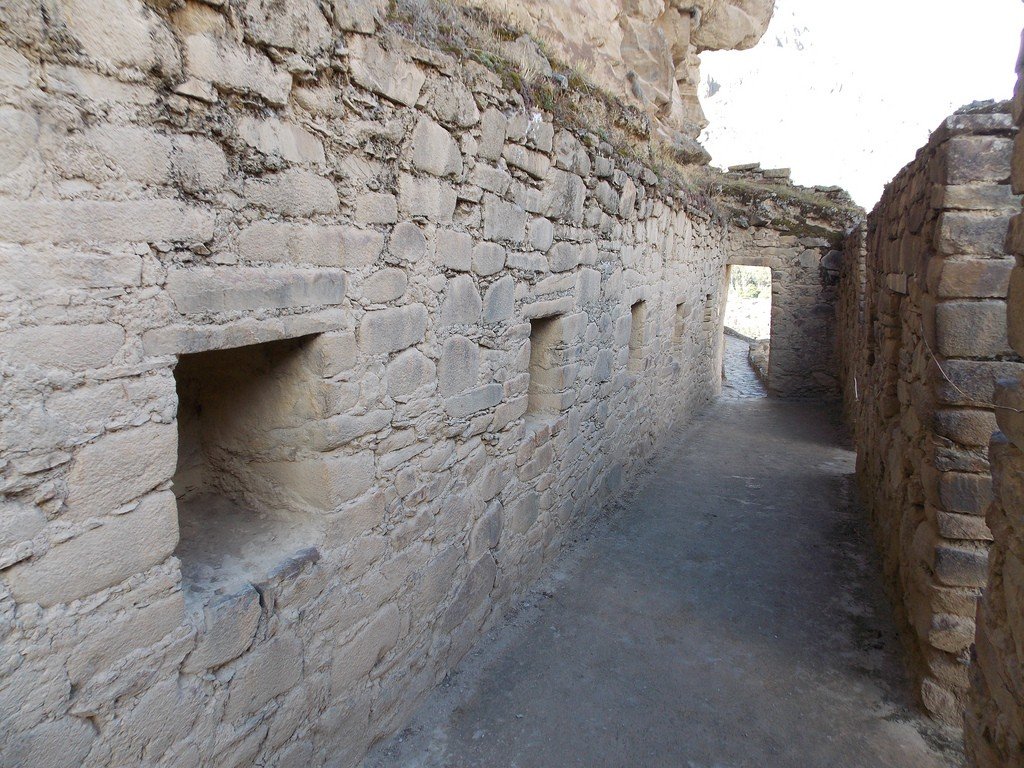
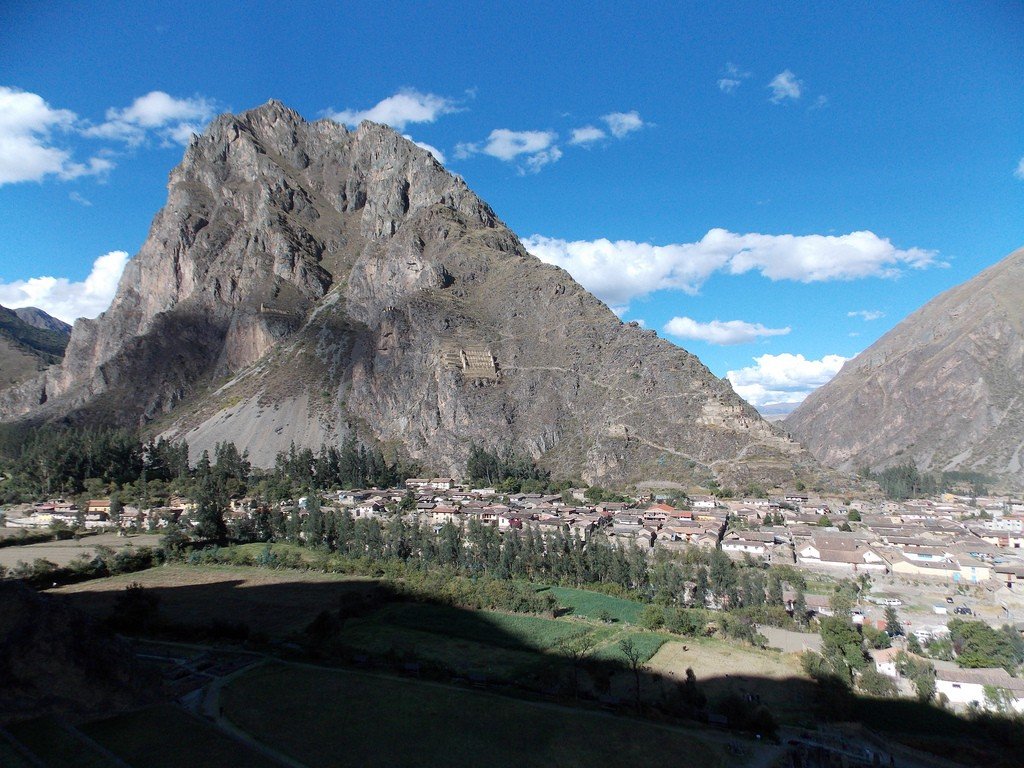
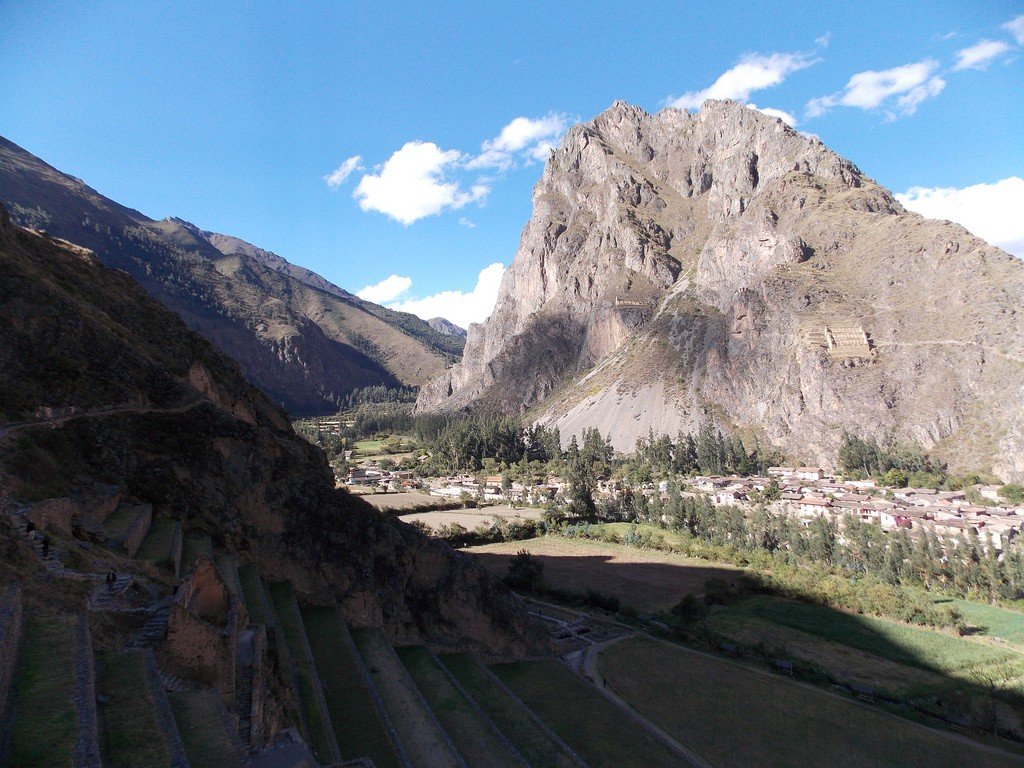
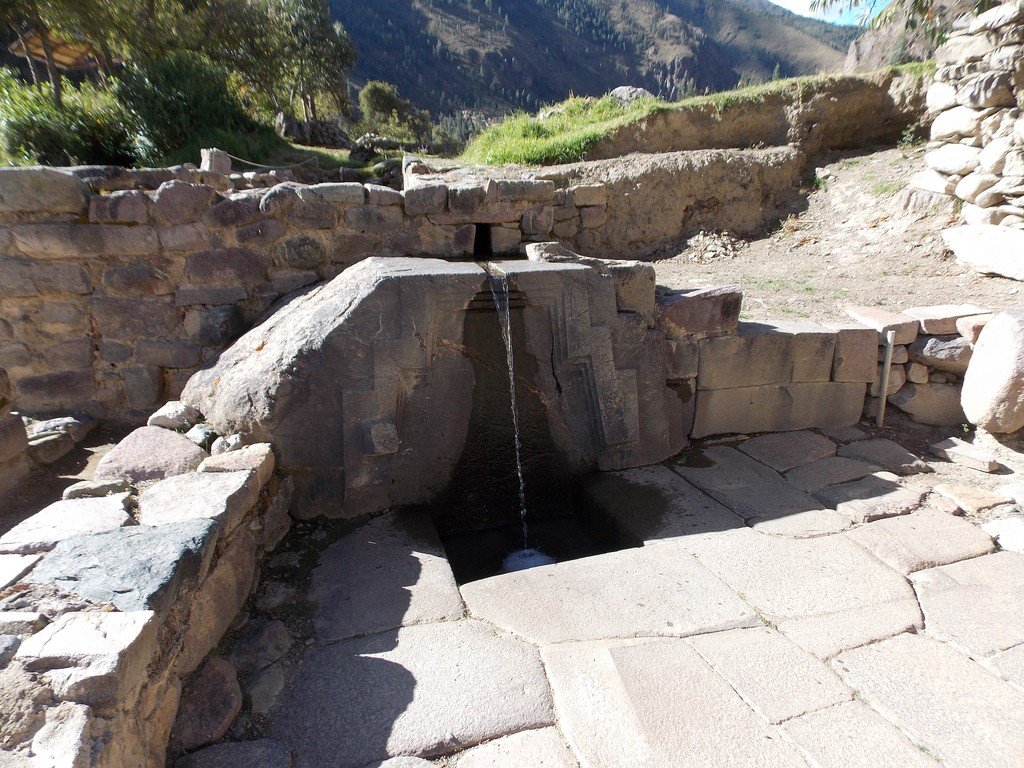
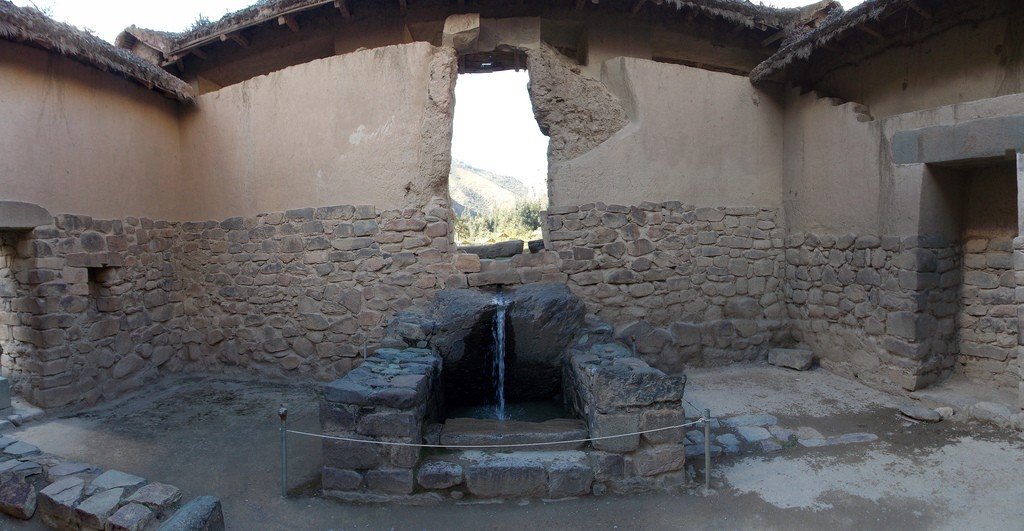
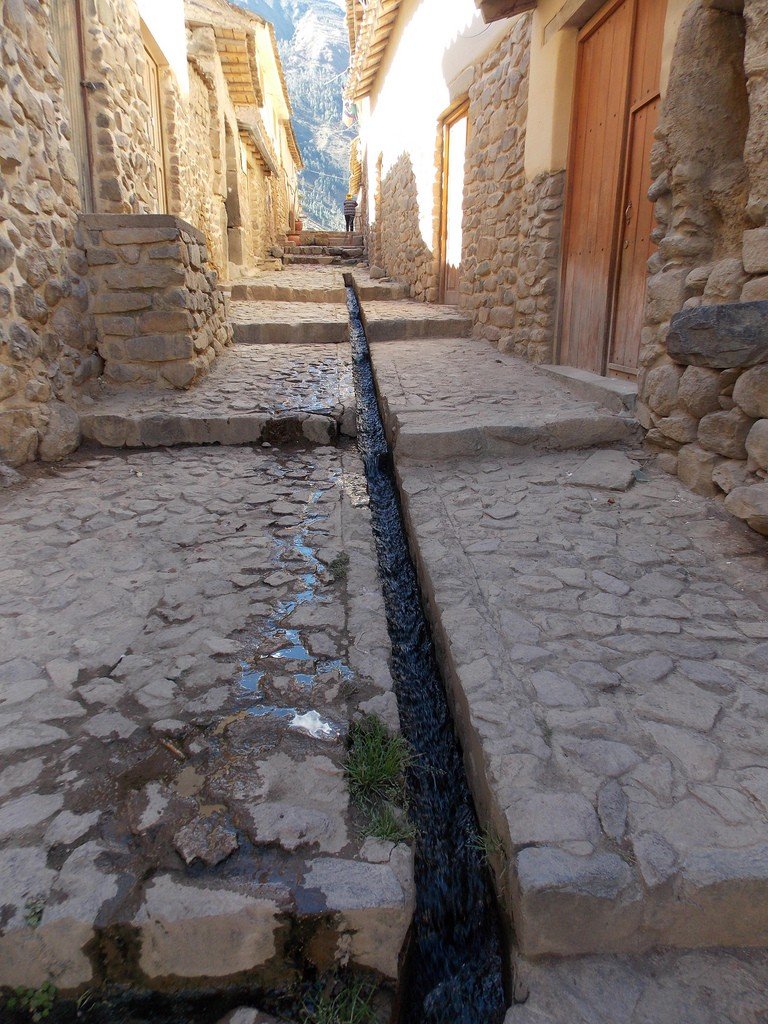
Video: Ollantaytambo
History and Facts
It is believed that the Inca began building the Ollantaytambo temple complex just before the Spanish invasion, and the conquest prevented the completion of construction. Evidence of this – several dozen granite blocks weighing 10 tons and more, scattered on top of the hill, at its foot and on the road leading to the quarries. These monoliths are called “tired stones”. The granite quarries where the blocks were cut are located on the other side of the valley, several kilometers away if you count in a straight line. The quarries lie on a steep, about 50°, mountainside about 900 meters above the valley.
.
A number of legitimate questions arise: how could the Indians lower multi-ton blocks down such a slope, then cross the turbulent mountain river Urubamba (its width here is about 50 m), drag them several kilometers down the valley and lift them up the same steep slope to a height of 60 m? It is generally believed that Indians used wooden rollers and ropes for such works. But common sense makes us doubt the possibility of such works. In the illustrated book by Guaman Poma there is a picture of Indians dragging a stone boulder on ropes. True, no rollers are shown here and the size of the stone depicted is by no means gigantic.
.Garcillazo de la Vega in his chronicle cites the following fact: one of the Inca rulers decided to deliver one of the “tired stones” to the construction site. For this purpose he equipped 20,000 Indians who dragged it on ropes. At one point over a cliff, the stone snapped off and crushed more than three thousand people. It is hardly necessary to pay much attention to the figures; Spanish chroniclers often sinned of exaggeration when it came to the Indians. But this fact, above all, shows that the Incas were not able not only to build such structures, but even to deliver such blocks to the place of construction.
.
In Ollantaytambo “tired stones” lie not only on the road leading to the quarries, but also on the territory of the village in the opposite direction from the quarries. And this indicates that they were not abandoned along the way, but are most likely the result of the destruction of an ancient temple. The Incas, who came here last, were not even able to move the monoliths and so left them where they lay.No less of a mystery is the “polygonal” technique of laying giant blocks. How were the monoliths weighing dozens of tons laid so that skillfully cut corners and grooves on adjacent blocks fit into each other like parts of a child’s constructor? There is a hypothesis, based, however, only on Indian legends, that the ancient Peruvians knew how to soften granite with the help of plant juices to the state of plasticine. Later the surface of the stone solidified and acquired its original properties.
.
And one more curious fact. In the cyclopean masonry of Peruvian buildings there are blocks with one or two trapezoidal protrusions. Their functional purpose is not clear. The majority of blocks have no such protrusions. Such technological reception (granite block with protrusions) is met besides Peru only in one place of a planet. Namely, in facing of great pyramids of Giza plateau. How can we explain the presence of such a specific architectural element in two table remote in time and space civilizations?
.In the 19th century, Inca ruins attracted the attention of foreign travelers who published reports about the ancient city.
.Nowadays, Ollantaytambo is an important tourist center and is part of the tourist complex “Inca Road” (“Road to Machu Picchu”), which makes up a journey of 4 nights and 3 days through the most important monuments of Inca culture.
.Layout and main buildings
The main settlement had a trapezoidal layout with four longitudinal streets that intersected seven shorter parallel streets. Probably in the center of this “grid” was a large square open to the east. The plaza was surrounded on other sides by buildings and other urban structures.<9> The Inca-era buildings on the north side of the plaza were made of unworked stone blocks, while those on the west and south were made of worked and fitted stones. All the blocks in the southern half of the city were of the same design: each was two “kancha” walled complexes with four one-room buildings around a central courtyard. The buildings in the northern half vary more strongly in layout, but most are in such poor condition that their original plan is difficult to reconstruct.
.
The exact chronology of Ollantaytambo’s construction is currently unknown. Some of the buildings in the modern city date from the late 15th century. Ollantaytambo is one of the best preserved Inca settlements inhabited to date. Its layout and buildings have undergone various changes as a result of later construction. For example, in the southern part of the city, the original Inca esplanade has been transformed into the Plaza de Armas (Square of Arms), surrounded by buildings from the colonial and republican periods. The plaza in the center of the city disappeared as several buildings were built in its place during the colonial period.
.
Temple Hill
The unfinished Inca-era Temple sector was made of hewn and fitted together stone blocks, unlike the other two sectors of Temple Hill, which were made of rough stones. It is accessed by a staircase that ends in a terrace with an unfinished gate and the Ten Niches Annex, which consists of a single room. Behind them is an open space containing a Platform with a carved chair and two unfinished monumental walls. The main structure of the sector is the Temple of the Sun, an unfinished building with a Wall of Six Monoliths. The Middle and Burial Sectors contain several rectangular buildings, some of them two-story. There are also several fountains in the Middle Sector.
.The unfinished buildings on Temple Hill and the numerous stone blocks located in various places indicate that the temple was still under construction when the city was abandoned by the Incas. Some blocks were clearly taken from the finished walls, suggesting that the buildings were attempted to be rebuilt. It is not known what event interrupted the construction of the temple; according to various versions, it could have been the Inca Civil War between Huascar and Atahualpa, the Spanish conquista, or Manco Inca’s flight from Ollantaytambo to Vilcabamba.
.Terraces
The Urubamba and Patacancha river valleys are covered by a wide network of agricultural terraces that begin in the lowlands of the valleys and rise up the surrounding hills. The terraces allowed farming on previously uncultivable land and also took advantage of the different ecological zones created by the differences in altitude. The terraces at Ollantaytambo were executed with much more skill than the usual Inca terraces, for example, they are surrounded by higher walls made of carved stones rather than unhewn stones. Similar structures have been found at important Inca centers such as Chinchero, Pisac, and Yucay.
.Pachacuti Palace
At the southern tip of Callejón above the Urubamba River is an Inca archaeological site called Q’ellu Raqay (Q’ellu Raqay). Its interconnected buildings and plazas are of an unusual design – Inca architecture was characterized by very different structures, mostly single-roomed. As this place was separated from the other buildings of Ollantaytambo and surrounded by terraces, it is assumed that there was a palace built for Emperor Pachacuti.
.Granaries
On the mountainsides around Ollantaytambo, the Incas built several colca (Quechua qullqa) granaries of rough stones. Being at high altitude, where the wind was stronger and the temperature lower, the grain was naturally protected from rotting. In addition, the storages were equipped with a ventilation system. It is believed that they were used to store the produce of the agricultural terraces around the city. Grain was apparently poured in through the windows on the side facing the hilltop, and poured out through the windows on the opposite side.
.Quarries
The main quarries for the construction of Ollantaytambo were at Kachiqhata in a gorge near the Urubamba River, 5 km from the city. The quarries were used to extract blocks of pink rhyolite for the construction of structures on the Temple Hill. A complex network of roads, slopes and descents connected them to the main development areas. Several chulpas, small stone towers that served as burial sites in pre-Columbian times, have been found in the quarry area.
.